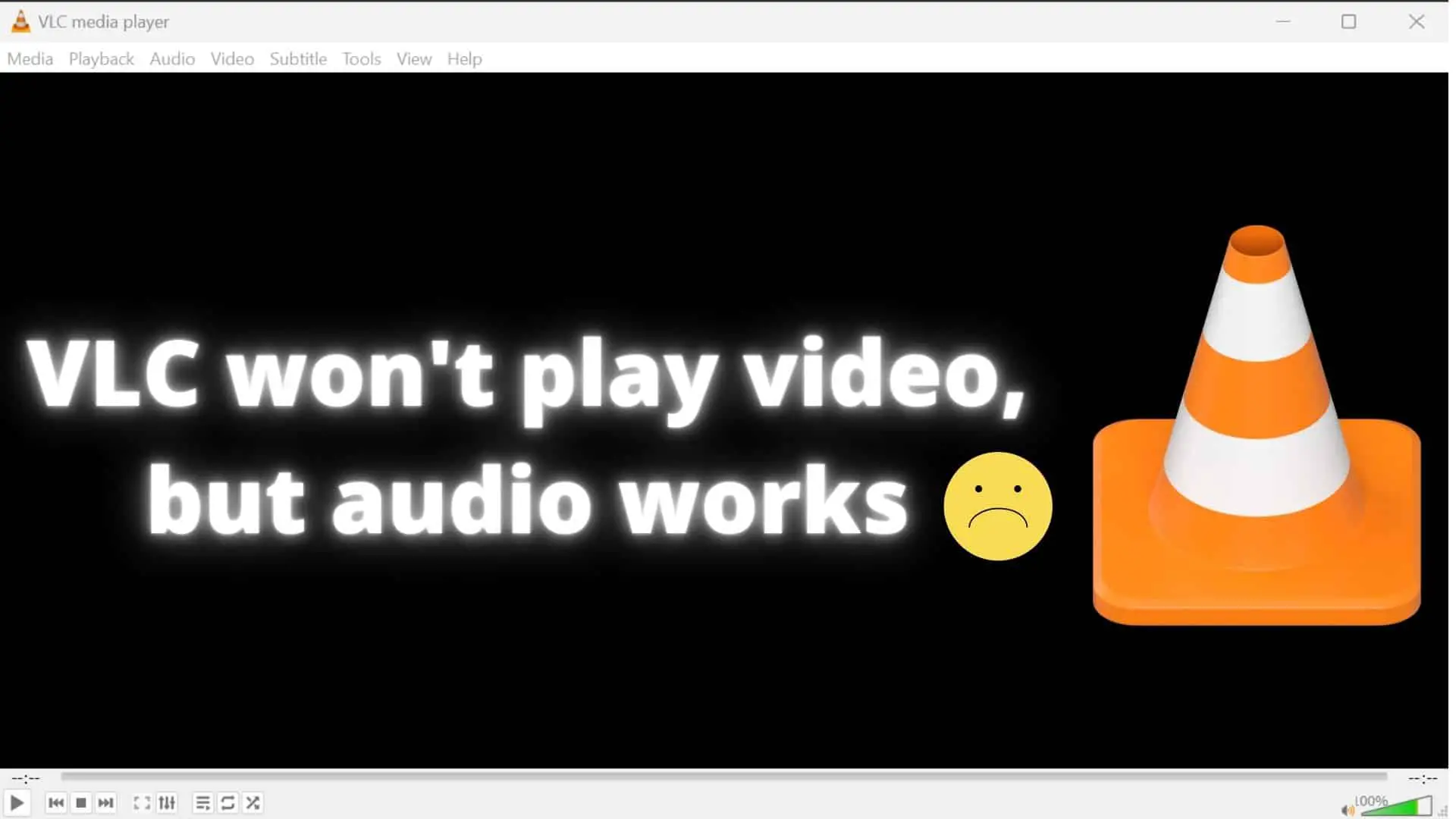How to Fix Discord Error: 'Installation Has Failed'

VLC, which stands for "Video Lan Client," is one of the most well-known and widely used free and open-source multimedia players. It is capable of playing the majority of multimedia files (audio, video, and images) as well as streaming protocols. It is cross-platform software, so it is available for many platforms, including Linux, Windows, Mac OS X, *BSD, Solaris, BeOS, QNX, and other well-known Linux.
If you are a user of VLC, at some point in your life, you may have run into a problem such as VLC being able to play audio but not video, someone getting a blank screen instead of video while the audio continues to play, dragging the playback and having the video stop displaying, and sometimes previously working video also starting behaving in the same manner. These are just some of the problems that you may have run into if you have used VLC. If something like this has happened to you, know that you are not the only one.
And you may have already tried things like restarting your computer or removing VLC and then reinstalling it from a local copy, but if these types of problems still persist and you're getting frustrated about it, then guys, OurTechRoom is here to assist you in identifying the issue and resolving it with the appropriate solutions.
The reason and solutions to the problem are as follows:
If you have a file that is damaged or corrupted, VLC might not be able to display your video and instead show you a black screen. This happens when the file has been damaged or destroyed.
If the file is what's causing the problem, you will see this behaviour.
Solutions: You could also try playing the video file using a different kind of media player.
If you are playing mp3 files by mistake and searching for video in it and waiting for the video to play, this may not be possible.
Solutions: Try checking the file format of the file. Whether it is audio files or video files.
Some basic audio and video files format is as follows:
Audio Files : mp2,mp3, wav, Ogg, asf,aac, midi , m4A, FLAC, WMA, m3u, aif, mpa , pls,aiff ,aac , pcm etc.
Video Files: mov, swf, mp4.mkv, flv, wmv, avi, 3gp,vob, aaf, mod, mpeg etc.
You must verify that the files you are going to play should be in Video file format.You can find more video files format supported by VLC then click here.
It's possible that you could be playing around with the settings of VLC, and as a result, you may have made some audio/video-related changes that have caused the video to stop playing.
Steps for the solutions are:
This can be the case so you can reset the VLC settings with the following steps.
This will reset VLC to Default Settings.
Sometimes, if there is a new video format that was just recently created, and you have the video in that format, and let's say that your VLC player is old, and you haven't updated it in a long time, then the video might not play properly. There is a greater possibility that VLC will be unable to recognize this new video file format, and as a result, it will be unable to play the video.
In other words, the most likely cause is a video file encoded with a CODEC that the current version of VLC cannot decode.
Solution: In order to install all of the necessary Codecs and settings, it is necessary to update VLC Players. And then try playing the video files while your VLC player is restarting.
Steps to update VLC:
The reason is the same as above.
Solution: Reinstalling VLC by downloading the most recent and up-to-date version from the official website, which will download all of the latest codecs available, which should resolve the issue.
VLC media has an in-built feature that can repair damaged or corrupted video files. This feature is disabled by default, but enabling it may assist you in resolving Video issues.
The steps are as follows :
Sometimes modifying the Video Output Scheme can fix the problem. The VLC provides an extensive variety of output schemes. You can try each of the output schemes.
Solutions:
If you find stability issues in video/audio, frame drop issues, heavy video or any other issues you can disable hardware acceleration. If you have low specs system then also you can disable it.
Solution: let's disable Hardware Acceleration in VLC. Here are the steps:
Go and check whether Enable Video is Enable or not. If not enabled then just enable it.
Solutions: Steps are as follows.
You may already be aware that videos come in a variety of sizes and aspect ratios. As we know that video can be in different sizes and aspect ratios. And if you try to forcefully scale the video, we may get a black screen in VLC.
Solution:
Tools > Preferences> Video > Force Aspect Ratio >Remove the value > Save
If the skipping and lagging playback in VLC is a result of the high-definition video stored on your local hard drive, then you should increase the value that comes after "File caching(ms)".The value for caching is specified in milliseconds here; change the default setting of 1000 to 300, which is equal to 0.3 seconds.
Solution: You can set File caching of video with the following steps:
Having Video/Audio issues in media players is always a great problem. And the problem is even more if you cannot solve the issue.
If your VLC is having problems playing MP4, MKV, or FLV files, we hope that the solutions described above will be able to help you fix those problems. It is important to keep in mind that even if nothing else works, you can always try to repair the video files using Video Repair tools from wondershare.







